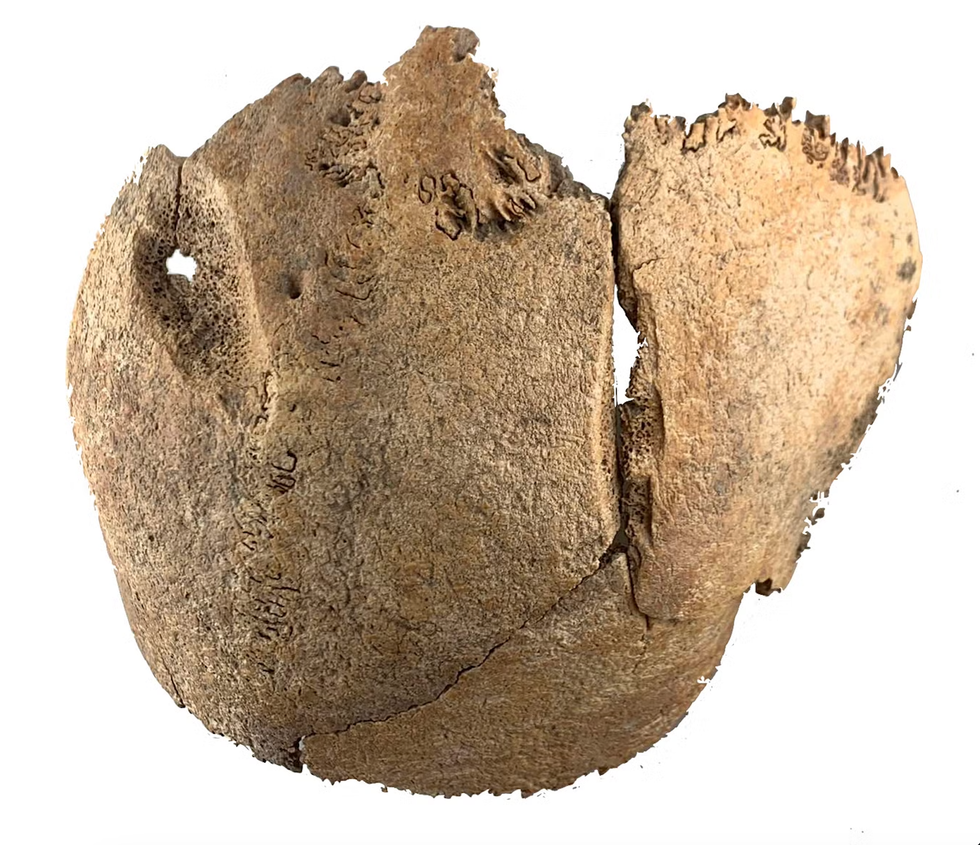Science & Tech
Sinead Butler
Apr 11, 2025
Mass grave mystery: Archaeologists discover 150 Roman-era soldiers in Vienna
Euronews Culture / VideoElephant
An unexpected discovery occurred during the renovation of a Vienna football field stadium, when construction workers found a mass grave dating back to the 1st-century Roman Empire.
And it's also given insight into early signs of the founding settlement that we know today as the Austrian capital.
What we know
The skeletal remains were uncovered last October and are believed to be of warriors from this period. Evidence appears to show they were involved in a brutal battle, with Germanic tribes thought to be their opponents.

Over 129 individuals were found in the mass grave, but the final death toll could be over 150, as the team also excavated dislocated bones, a figure that's unusual for both the location and time.
The history
The bones are dated between 80 and 130 A.D. under carbon-14 analysis. Other objects found in the mass grave include armor, helmet cheek protectors, and the nails used in the Romans' caligae military shoes.
Experts at the Vienna Museum who analysed the grave believe it to be the first known conflict in the region, and in their findings revealed on Wednesday (April 9), they described what occurred as a "catastrophic event in a military context".
“Within the context of Roman acts of war, there are no comparable finds of fighters," said Michaela Binder, the archaeological dig's lead.
"There are huge battlefields in Germany where weapons were found. But finding the dead, that is unique for the entire Roman history.”

One particular find - a rusty dagger - helped experts confirm the time period, as this type was used between the mid-1st century and the beginning of the second century.
So far, just one victim has been confirmed as a Roman warrior, but it's hoped that with further research using DNA and strontium isotope analysis, more warriors and their allegiances can be identified.
What do experts think happened at this site?
“The most likely theory at the moment is that this is connected to the Danube campaigns of Emperor Domitian — that’s 86 to 96 A.D.," Adler-Wölfl said.
Elsewhere, Cleopatra’s birth city is sinking and scientists have found out why, and Tomb of mysterious pharaoh is discovered in Egypt after 3,600 years.
How to join the indy100's free WhatsApp channel
Sign up to our free indy100 weekly newsletter
Have your say in our news democracy. Click the upvote icon at the top of the page to help raise this article through the indy100 rankings.
Top 100
The Conversation (0)














